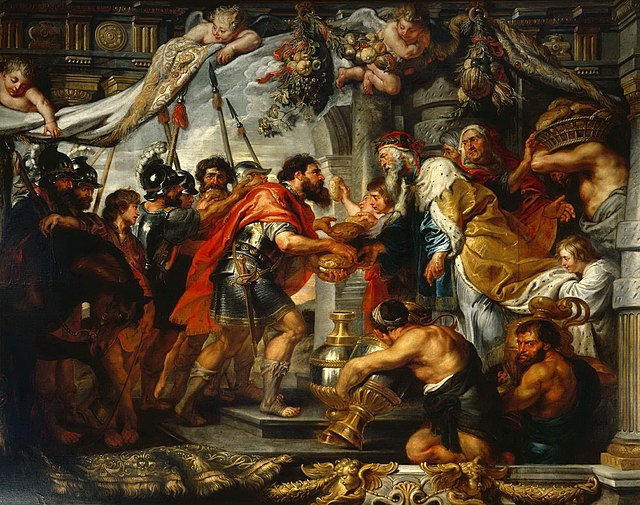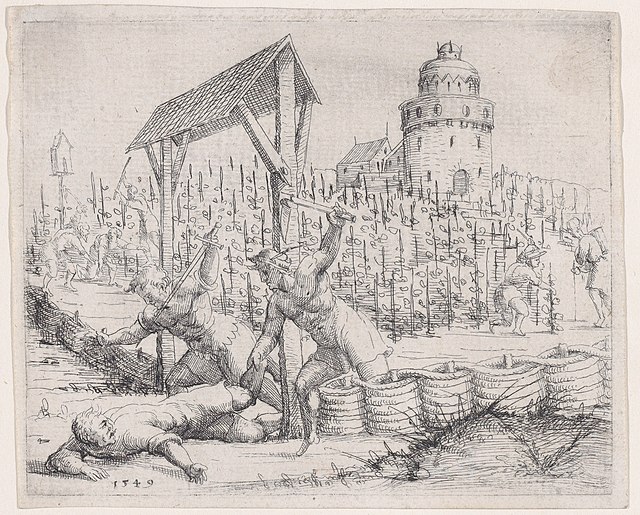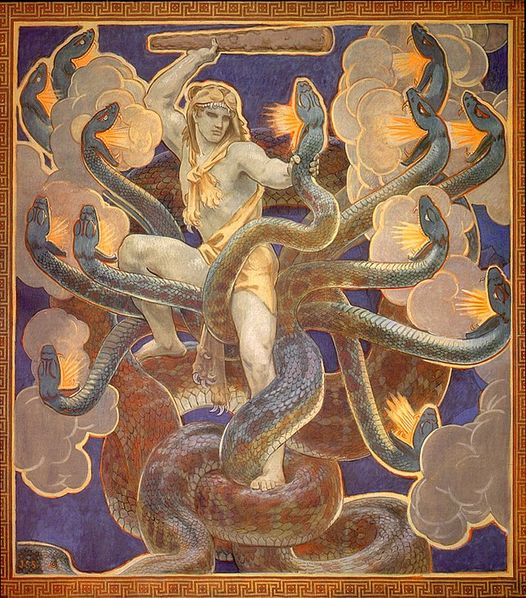Introduction
Melchizedek is an intriguing figure in biblical literature. Though his presence in the biblical narrative is brief, the impact of his character has been substantial, sparking debate and interpretation among theologians and scholars for centuries. His dual role as a king and a priest, his encounter with the patriarch Abraham, and his subsequent appearances in the Psalms and the New Testament have fueled theories about his identity and significance.
Melchizedek in the Hebrew Bible
Genesis 14:18-20 introduces Melchizedek as “king of Salem” and “priest of God Most High”. After Abraham’s rescue of his nephew Lot from enemy forces, Melchizedek appears and blesses Abraham: “Blessed be Abram by God Most High, Creator of heaven and earth. And blessed be God Most High, who delivered your enemies into your hand” (Genesis 14:19-20). In response, Abraham gives him a “tenth of everything”, indicating recognition of Melchizedek’s high status and spiritual authority.
These few verses are the only mention of Melchizedek in the Hebrew Bible outside of the Psalms, yet they have provoked abundant speculation. His city, Salem, is often associated with Jerusalem, a significant Canaanite city later central to Jewish worship. Melchizedek’s role as a king and priest of God Most High, a title often used for the Canaanite god El, might suggest a monotheistic tradition existing parallel to that of the Hebrews.
Melchizedek in the Psalms
In Psalm 110, a royal psalm attributed to David, the figure of Melchizedek re-emerges. The psalm is a divine oracle to the king, with God telling the ruler, “You are a priest forever, in the order of Melchizedek” (Psalm 110:4). This psalm, seen as a messianic prophecy by many Jewish and Christian interpreters, suggests a future priest-king who will rule in the manner of Melchizedek, who uniquely combined royal and priestly roles.
Melchizedek in the New Testament
In the New Testament, the Epistle to the Hebrews significantly expands upon the character of Melchizedek, using him as a model to elucidate the role of Jesus Christ. The author of Hebrews argues that Jesus is a priest in the order of Melchizedek, a higher and older priesthood than the Levitical one. Melchizedek is described as “without father or mother, without genealogy, without beginning of days or end of life, resembling the Son of God” (Hebrews 7:3). This representation of Melchizedek, echoing the eternity of God, sets a precedent for the understanding of Jesus’ eternal priesthood.
Theoretical Interpretations of Melchizedek
Three main theories have emerged regarding Melchizedek’s identity:
Historical Figure: Under this theory, Melchizedek is seen as a historical figure – a Canaanite king-priest that lived during the time of Abraham. The idea of Melchizedek as a Canaanite king is plausible given the historical context. During the second millennium BC, the roles of kingship and priesthood often overlapped in the ancient Near East, and leaders could hold both religious and political authority. If Melchizedek were a historical king-priest in Salem (presumed to be Jerusalem), his encounter with Abraham could represent an alliance or an acknowledgment of Abraham’s God as the supreme deity.
Shem Theory: This theory postulates that Melchizedek is Shem, the righteous son of Noah. Shem’s long lifespan as recorded in Genesis overlaps with Abraham’s lifetime, making it chronologically possible for them to meet. Some Jewish traditions suggest Shem moved to Salem (Jerusalem) after the Great Flood and established a city there. As a righteous and faithful servant of God, Shem could have continued to serve God in the role of a priest, thus fulfilling the role of Melchizedek as described in Genesis 14.
Pre-incarnate Christ: This theory, popular among many Christian theologians, posits that Melchizedek was a pre-incarnate manifestation of Christ, also known as a Christophany. The Epistle to the Hebrews describes Melchizedek as “without father or mother, without genealogy, without beginning of days or end of life, resembling the Son of God” (Hebrews 7:3), which fuels the idea that Melchizedek might be an early appearance of Christ in the Old Testament. This interpretation suggests that Melchizedek’s interaction with Abraham was a divine encounter and a foreshadowing of the New Covenant brought by Jesus Christ, who is described as a priest “in the order of Melchizedek.”
Conclusion
While Melchizedek’s true identity remains elusive, his significant impact on biblical tradition is clear. As a model of a royal priesthood and a figure linked with Christ’s eternal priesthood, Melchizedek invites us to explore the depth of biblical theology and the intricacy of God’s unfolding plan of salvation.
Discussion Questions:
- How does the perception of Melchizedek change between the Old and New Testaments? What factors might contribute to these shifts?
- In what ways does the Shem theory align with and deviate from the traditional understanding of Melchizedek’s identity and significance?
- How does the interpretation of Melchizedek as a pre-incarnate Christ shape the Christian understanding of Jesus’ role and mission?
Want to Know More?
- “The Melchizedek Tradition: A Critical Examination of the Sources to the Fifth Century A.D. and in the Epistle to the Hebrews” by Fred L. Horton provides a comprehensive historical and literary examination of the Melchizedek tradition in both Jewish and Christian contexts.
- “Melchizedek and the Mystery of Fire: A Treatise in Three Parts” by Manly P. Hall delves into esoteric interpretations of Melchizedek and the mystical significance of the figure in religious and philosophical traditions.
- Dr. Michael Heiser, a scholar in the fields of biblical studies and the ancient Near East, provides an accessible exploration of the different theories surrounding Melchizedek. The article is available on his website: drmsh.com.




